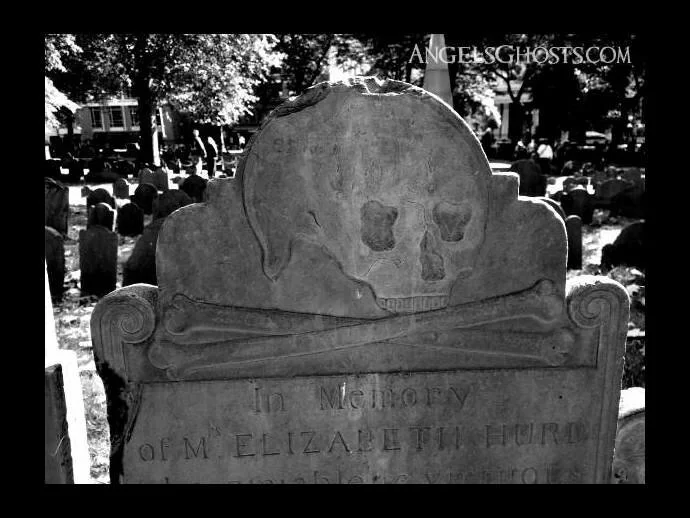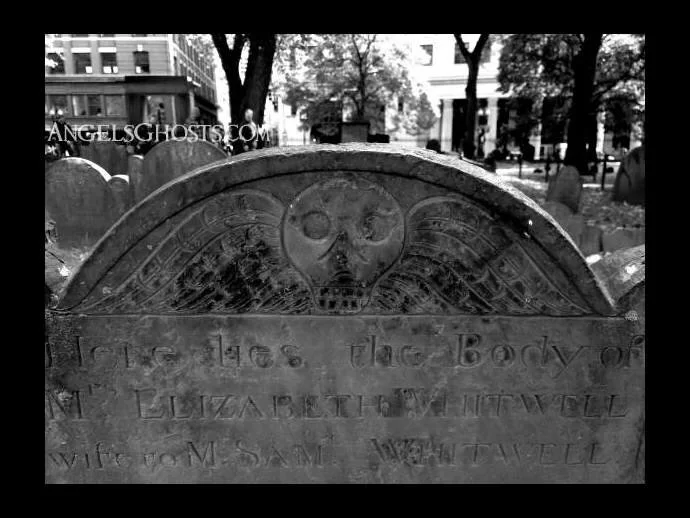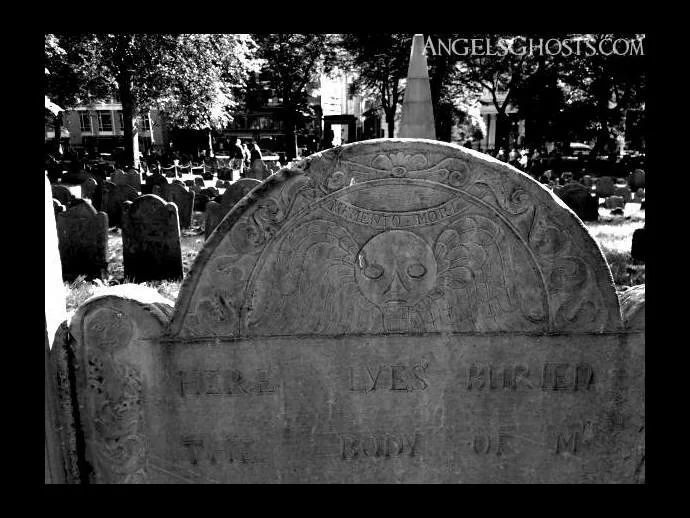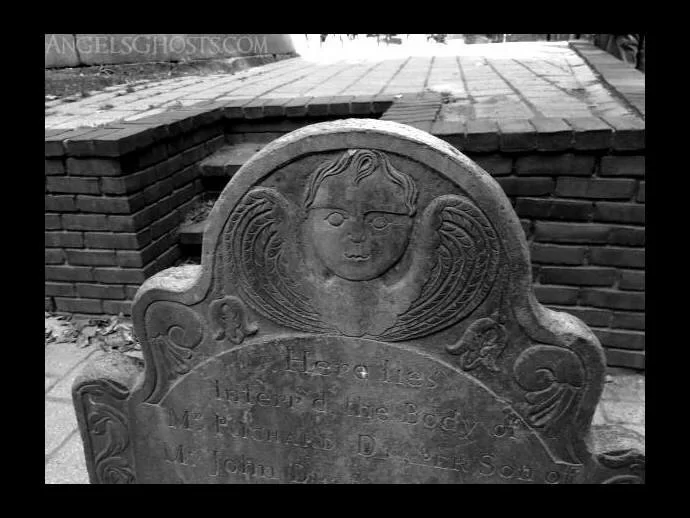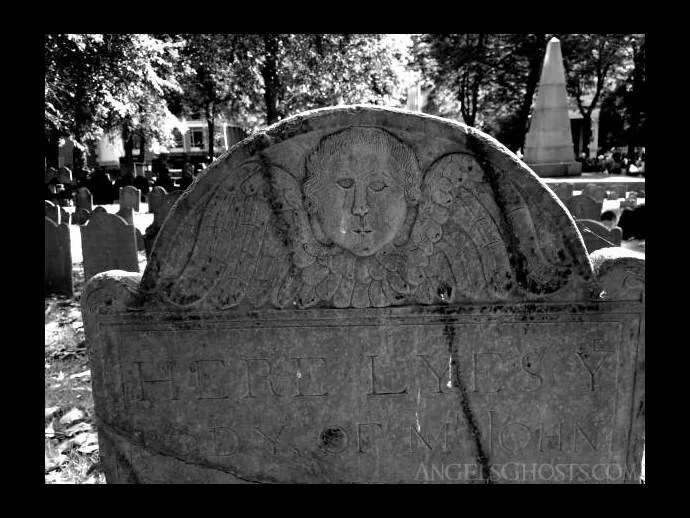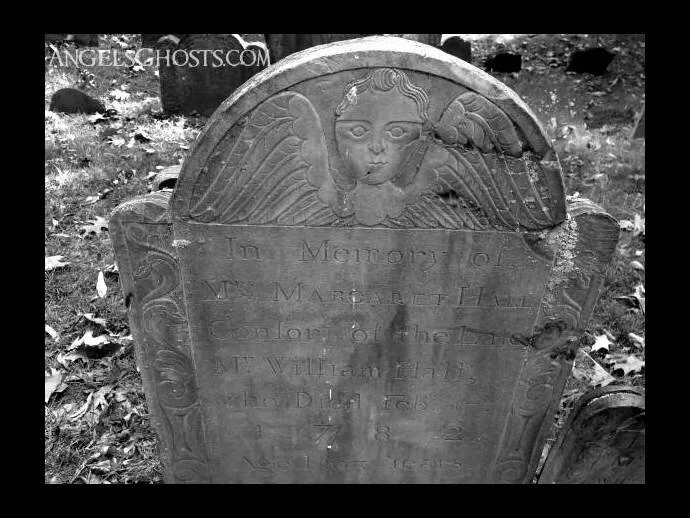We explore the mystery and some history of gravestone carvings showing death's head, soul effigies and winged cherubs...
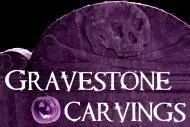 On the East coast of the United States, skilled artisans were hired by people in the 1600 and 1700s, often before their deaths, to create elaborate gravestone carvings. New England cemeteries, consequently, are reknowned for having an abundance of burial sites with winged cherubs and souls adorning the markers of the deceased.
On the East coast of the United States, skilled artisans were hired by people in the 1600 and 1700s, often before their deaths, to create elaborate gravestone carvings. New England cemeteries, consequently, are reknowned for having an abundance of burial sites with winged cherubs and souls adorning the markers of the deceased.
Prior to winged souls and flying cherubs decorating graveyards, however, morbid ideas of death were carved into markers for about 60 years. These 'death heads' were just as significant as the 'soul effigies' and 'winged cherubs' that would eventually follow; for all of these types of stone carvings reveal a shift in American culture away from dogmatic religious beliefs to more of a free spirit mindset. This change in gravestone carvings began around 1630 and continued through the 18th century. People were moving away from condemning Puritan beliefs that focused more on frightening ideas of eternal suffering, namely Hell. The populous was preferring a non-condemning take on the afterlife, something more spiritual, let's say.
Early Winged Gravestone Art
The first carvings that were made were not the pleasant winged cherub or human faces. Preceding the lighter, angelic facial expressions were carvings of skulls or even skulls with crossbones. These skull motifs are known as 'death's heads' - non-religious symbols found on the markers that sometimes bore wings. Skulls were prominent on gravestones between 1630-1690. The messages of the skeletal iconography seem to suggest that whatever happens to the soul after death was not known, as far as its journey or fate; but death had come calling for its victim - that was certain. The wings, when used, however, also might have conveyed the hope of rescuing the dead from the earth plane, or even hell, taking them up into the heavens and a higher estate.
Winged Cherubs on Cemetery Stones
Cherubs eventually began to replace the skulls, beginning in the 1690s, as a way to indicate a childlike innocence, a higher wisdom about life, and, of course, the hope of a resurrection and an afterlife. Cherubs with wings, essentially angels, were much more soothing than skulls and bones to say the least. And the new, positive outlook on the afterlife began to show in headstone epitaphs, too. Positive sayings began replacing grim warnings used in the past.
These 'winged effigies' might look like angels, but they often were artist depictions of either cherubs or, possibly, the human soul. When we look at the faces between the wings, we might catch the artist imagining the person's soul (think human face here instead of a chubby little angel face) being lifted upward to the heavens. Along with the carving of the soul, at times, the shape of the stone or the carving itself indicated an archway, or entrance path, into the afterworld.



